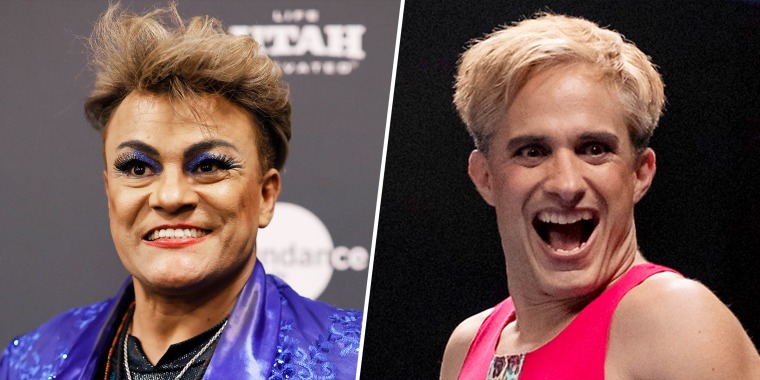Before there was beloved exótico Cassandro there was Saúl Armendáriz, the American-born Mexican luchador.
Armendáriz’s rise to fame and the hardships he endured as a gay amateur wrestler from El Paso, Texas, is documented in the biopic “Cassandro,” starring Gael García Bernal. The story is nothing short of inspiring, yet heartbreaking at the same time.
“It’s a story of one of the greatest Mexican lucha libre wrestlers ever, who is a gay man, who wrestled on his own terms as an out, gay man in drag and became the star of lucha libre,” director Roger Ross Williams tells TODAY.com. “It’s about self-acceptance and self-love and being yourself. It’s about all those wonderful themes.”
“And Cassandro is a rock star,” Williams adds. “When I met him, I was like, I have to tell this story.”
“Cassandro” celebrates Armendáriz’s struggles from accepting himself in and out of the ring, despite homophobia, family and societal pressures. The movie goes back and forth between him creating Cassandro to his childhood when his father abandoned him.
“When I started digging into Cassandro’s life and his journey, the dramatic arc, and the transformation Saúl goes through to create Cassandro, I got excited,” Bernal, who also produced the film, said in the press notes. “I said, ‘I’m doing this.’ The script had all the elements that made the story a necessity for me to want to do it, that contradiction to be a tough wrestler and, at the same time, openly gay, openly playing the part of the exóticos.”
Here’s what to know about Saúl Armendáriz’s journey into becoming Cassandro.
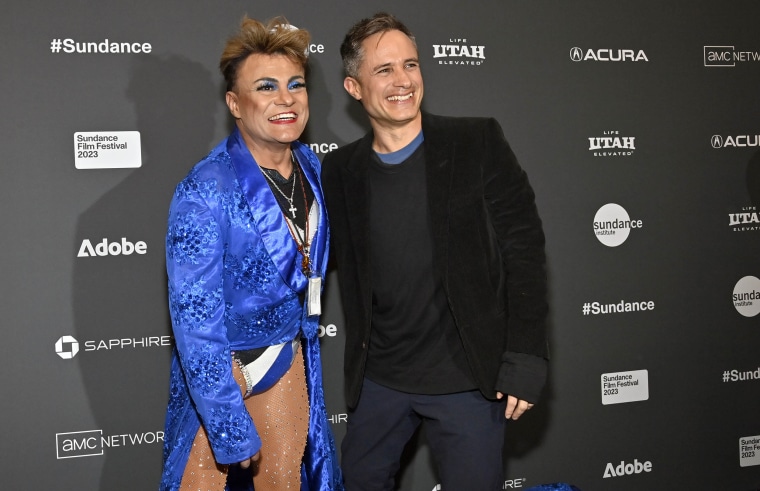
What is an exótico?
Lucha libre is a macho professional wrestling world where the toughest and biggest luchador wins over his opponents.
The exótico — a flamboyant, makeup-wearing wrestler who uses suggestive moves on the ring and wears the most extravagant ensembles — is a subversion of lucha libre’s stereotypical role.
An exótico can go beyond drag, empowering the wrestler to show his skill and pride as a feminine man.
Williams describes an exótico as “gay, feminine, usually played by (a) straight men character who gets beaten up in the ring.”
The difference is that Armendáriz became Cassandro ... and won. “He made it into a character that won and did not get beat up in the ring, but beat people up in the ring,” Williams says.
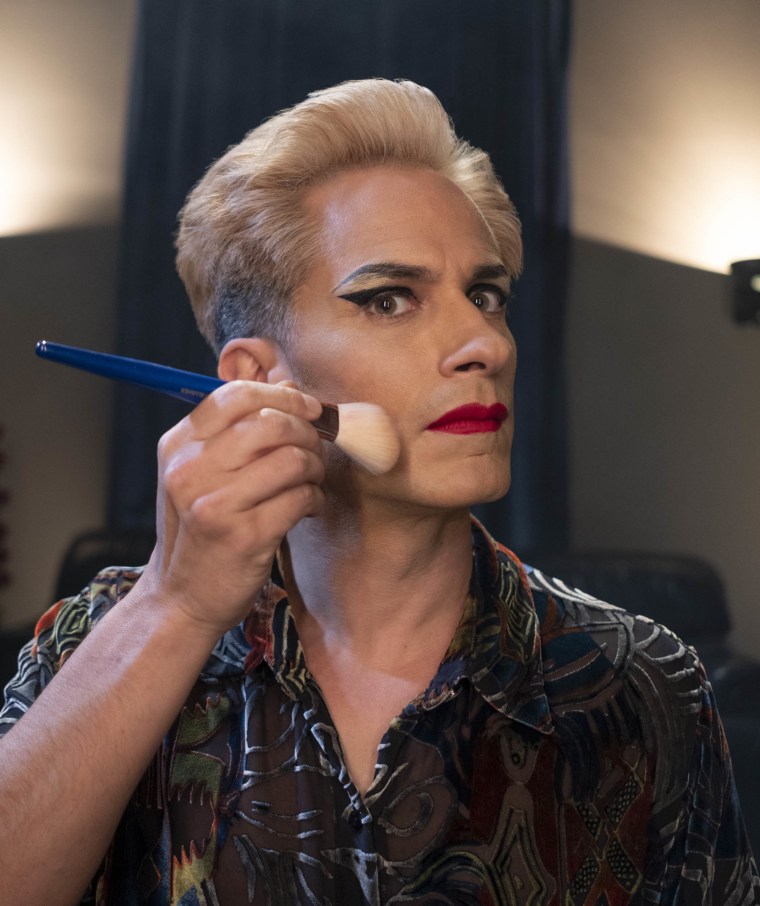
How did Saúl Armendári get his start?
Before Armendári became Cassandro, he was a young boy with a passion for lucha libre. Born in El Paso, Texas, he grew up on both sides of the border, also spending time in Ciudad Juárez, Mexico.
As a teen, he would spend his time on the Mexican side of the Rio Grande, attending lucha libre matches. When he was 15, he quit school and apprenticed himself to a lucha libre trainer in Juárez, per the film's press note.
His first persona in the ring was a rudo, the word for a villain in the ring, called Mister Romano in 1987. After a couple matches, another luchador (Sabrina, portrayed by Roberta Colindrez in the film) encouraged him to rebrand as an exótico and become Cassandro.
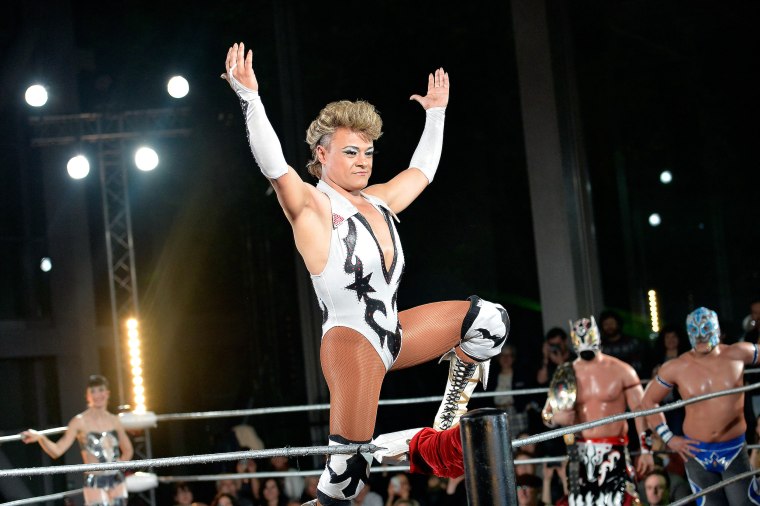
How did Saúl Armendáriz become Cassandro?
As the film depicts, one of Armendáriz's inspirations for Cassandro was the telenovela “Kassandra.”
“‘Kassandra’ is a real telenovela ... that’s where he got the idea for creating the character of Cassandro,” Williams tells TODAY.com. “He slowly began to realize that if he took his mask off and became who he really is ... if you’re true to yourself, then you can really achieve greatness.”
His mother, Yocasta (Perla De La Rosa in the movie), was also an inspiration for Cassandro. As the film depicts, he goes into her closet, picks out a cheetah-print article of clothing to sew it and make his costume.
Cassandro would go on to win his first title, the UWA World Lightweight Championship, in late 1992, becoming the first exótico in history to hold a championship in UWA, per the movie's press notes. He would go on to win other titles, including NWA Mexico, NWA World Welterweight Champion and UWA World Lightweight.
Williams had previously directed a 2016 The New Yorker Presents short film “The Man Without a Mask,” a documentary on Armendáriz’s life story. In it, the athlete talks about the sexual abuse, drug use and self harm he endured, as well as matches that lead to hospitalizations and even being paralyzed for 15 days.
Many of those major topics were not included in “Cassandro.” What viewers do see is the homophobic remarks he faced in the ring and how he used it to fuel his goal of winning.
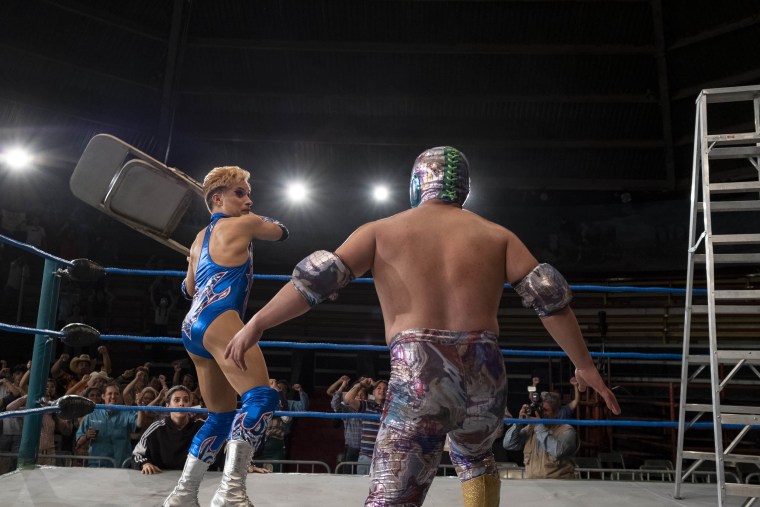
“I want to tell a really inspirational story about the creation of Cassandro,” Williams explains. “You could go off down a million roads (about Cassandro’s life) ... But it’s a very simple story about the creation of a character and what that character did, and the merging of the Saúl and Cassandro, and how it helped him gain self-confidence and self-love to overcome all of those things.”
Williams adds that when you meet Cassandro, “He’s a very positive person, he’s a very inspiring person because his character helped him overcome all of those obstacles he faced in his life.”
How was his relationship with his dad and mom?
The film depicts him and mom Yocasta as being thick as thieves. From the beginning, she accepted him as a gay man despite encouraging him not to tell his father, who abandoned them.
In the film, she tells him, “Todavía estuviera con nosotros si me hubieras escuchado,” which translates to, “He would have still been with us if you had listened to me.”
When she dies, his world falls apart but he keeps fighting for her. “His mother is his main inspiration in his life,” Williams says. “That’s who he based Cassandro on and that’s a beautiful thing.”
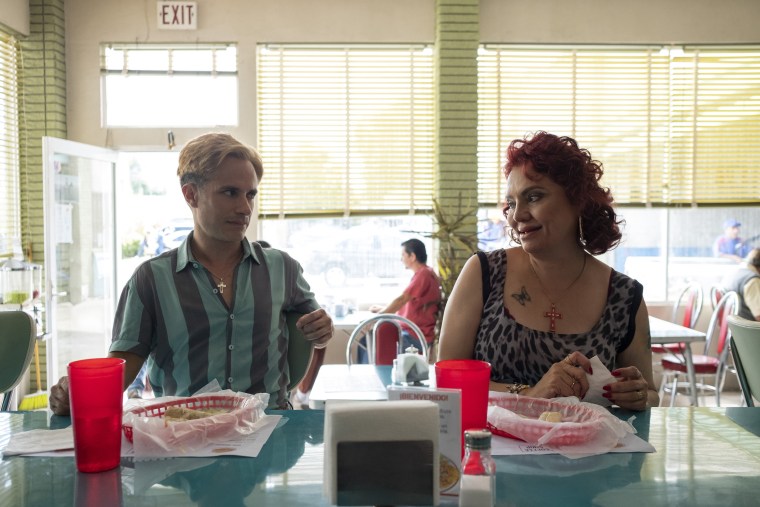
Armendáriz's dad introduced him to lucha libre. At the end of the film, after he's found success, the two reconnect. His dad tells him that he didn’t have a choice about the person he ended up becoming, an absentee father. Armendáriz says it was the same for him, his sexuality and life as an exótico.
The people who were by Cassandro's side
The film introduces a number of people who influenced, guided and were very special to Armendáriz as he rose to fame.
As Williams says, “They’re semi-based on real characters. I mean, this is a fiction. So we took creative license. We really took inspiration from some real characters. But we’ve changed them.”
Is Sabrina based on a real person?
In the film, Sabrina is the professional trainer that helps Armendáriz transform into Cassandro.
“Sabrina was his trainer. Sabrina really gave him the idea and said, ‘You know, be yourself,’” Williams says of how the character influenced Cassandro in the movie. “Sabrina, who was an out lesbian woman, said, ‘Embrace who you are.’ So, obviously, she was a big part of him.”
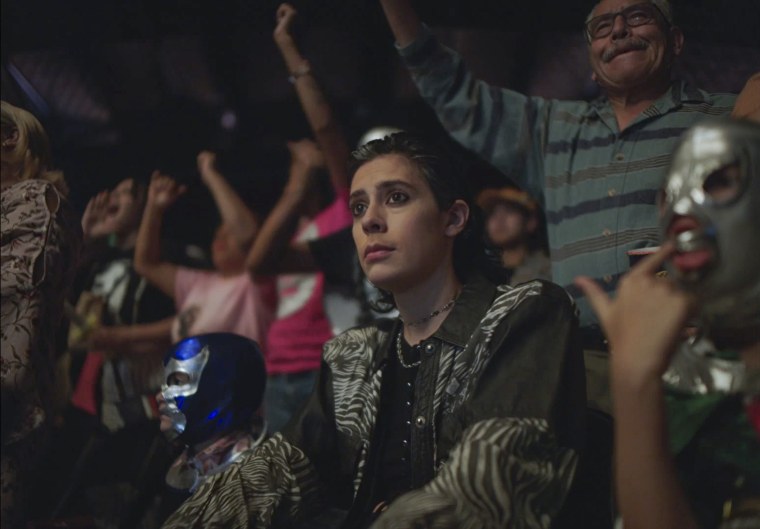
Is Gerardo, his secret lover, based on a real person?
Actor Raúl Castillo took on the role of Gerardo, sharing intimate moments with Bernal’s character and telling a story “full of contradictions.”
Williams tells TODAY.com that Gerardo and Armendáriz “really love each other.”
“There’s actually a tenderness and a love between them even though he’s unavailable and married, but he loves Cassandro,” he says.
Castillo actor said in the press notes that he found Armendáriz’s story fascinating and healing, adding that he felt the love between the two was genuine.
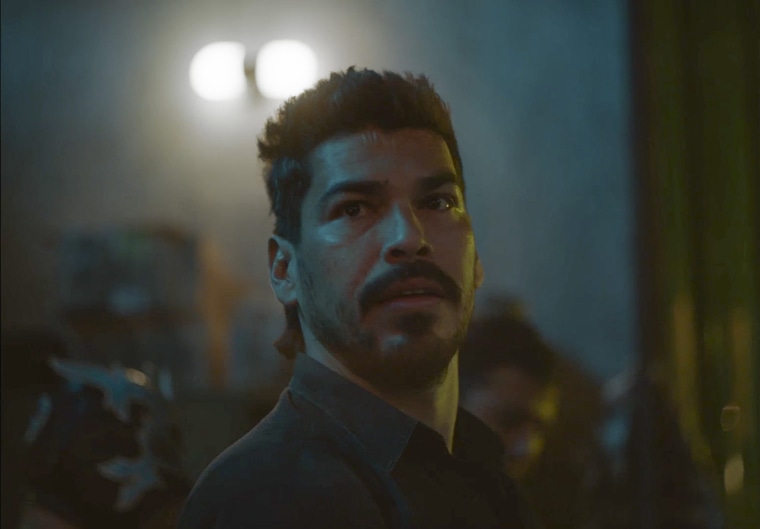
“(Gerardo) is full of contradictions. He’s not black and white, as lives in a zone of grays … which is not that uncommon, and he lives his life in a bit of secrecy,” the actor said in the press notes, calling his character a proud father, husband. “But his story of repressed sexuality is not that unusual. Gerardo lives in a very macho world, the same one he grew up in and where he’s come up. He doesn’t feel comfortable enough to live out his sexuality. So, he has to live it out in this very secretive way.”
He added that he believes that in another life, Gerardo would have been an out man. “This relationship is an important part of Saúl’s story, and we were committed to portraying it with a great deal of care and empathy.”
Where is Cassandro now?
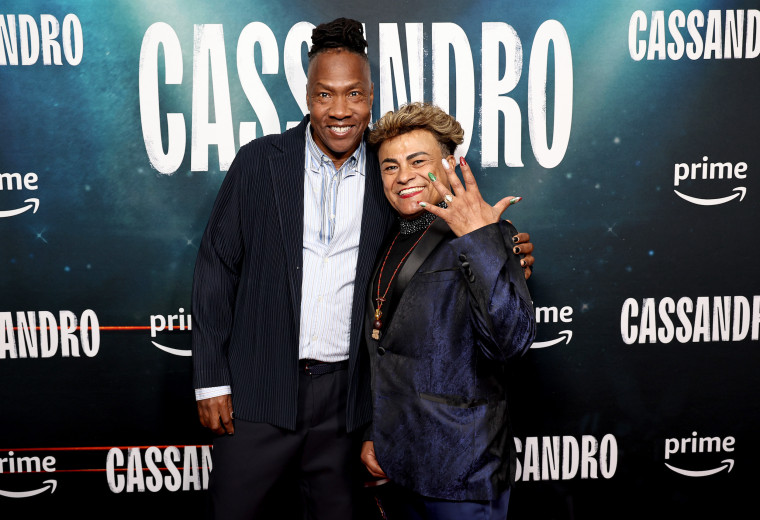
Armendáriz would go on to continue wrestling as Cassandro, touring four continents. He once wrestled at the Museum D’ Louvre alongside El Hijo del Santo, the famous Mexican luchador who makes a cameo in the film.
He also is a motivational speaker, touching on topics of discrimination, violence against women and LGBTQ+ groups.
Williams shares that two weeks before they started filming, Armendáriz had a stroke that paralyzed half his body and left him unable to speak.
“He came to set in a wheelchair, with his father actually, while we were shooting,” he shares. “And to watch it, it was tears rolling down his eyes. Emotional, but now he is celebrated ... This is a real tribute to someone who really had a deep misfortune and to have the stroke and even though he can’t say words, he can scream and yell and he still has that energy, that positivity.”
